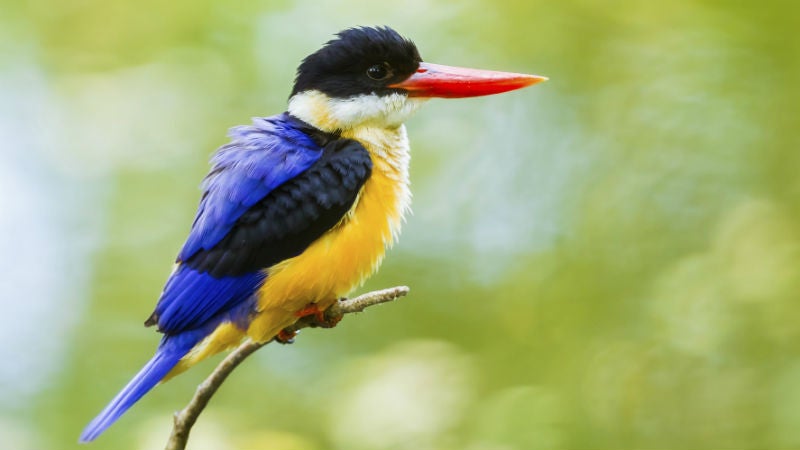And the title of “most evolutionarily distinct” bird goes to… the oilbird, a Central and South American species that also happens to be the only nocturnal-flying fruit-eating bird in the world. The species, which accounts for 80 million years of avian evolutionary history, joins hundreds of others in the world’s first ranking of evolutionarily distinct birds under threat of extinction, �������ǰ��ٲ�.��
The study, released April 10 in Current Biology, took seven years to complete. Arne Mooers, professor of biodiversity at Canada’s Simon Fraser University, developed an evolutionary tree containing all 9,993 known bird species. Using this tree, Mooers and his colleagues were able to assess how much evolutionary history a specific bird represents compared to other bird species currently alive.
“There is no single perfect tree of birds,” Mooers says. “So we had to do this over, we had to create many millions of possible trees, and then take the average across those trees to get these metrics. Because there’s still a lot of uncertainty as to who’s related to who. We didn’t even have genetic data for every species.”
The new rankings will be used in a major conservation initiative called the Edge of Existence program at the London Zoo, �������ǰ��ٲ�.


